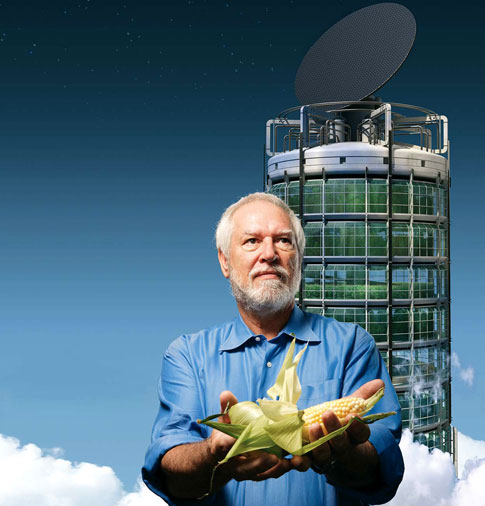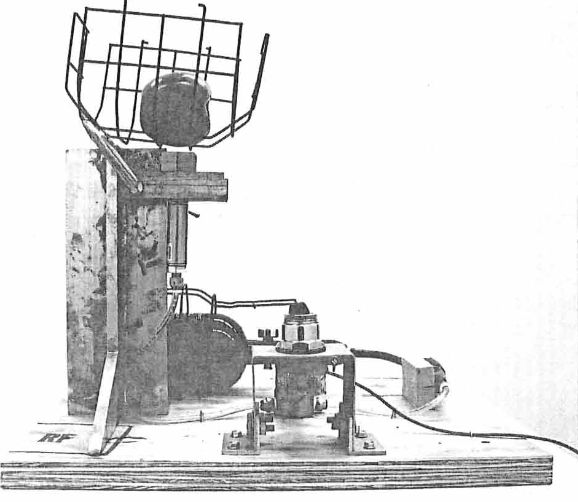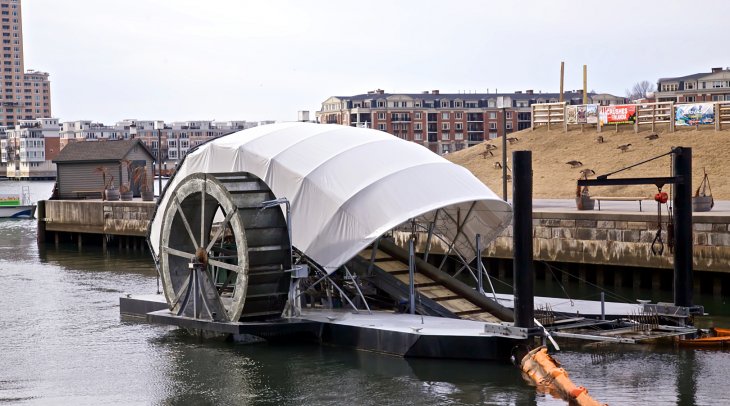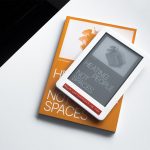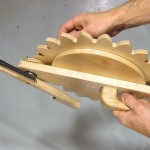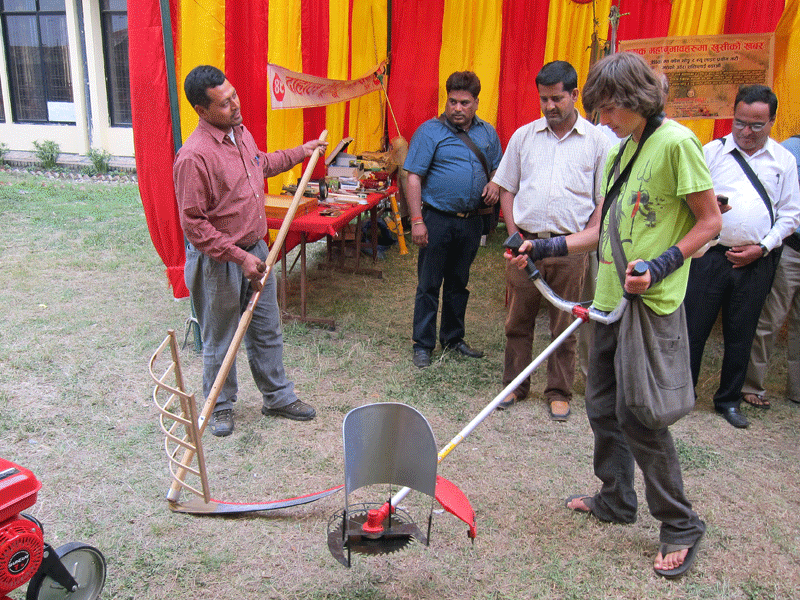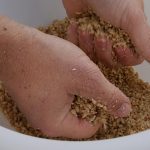“The technology has made possible undetectable and untraceable manipulations of entire populations that are beyond the scope of existing regulations and laws”
- The New Mind Control. [Aeon]
- Image Overload. [The Conversation]
- Addicted to Distraction. [NYT]
- The Art of Attention. [Aeon]
- Seconds of Pleasure. [The New Inquiry]
- How You Can Use Facebook to Track your Friends Sleeping Habits. [Medium]
- Take This Lollipop. [Connect with Facebook & see what happens, depending on your privacy settings]
Last two links via Carolynne Lord.
